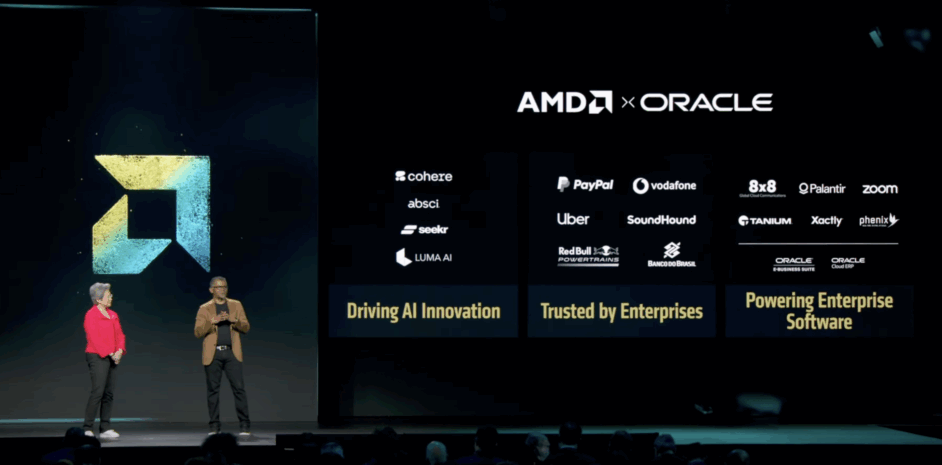When you think of brand safety targeting, what comes to mind? If you’re like most marketers, you probably think of excluding content and websites that don’t align with your brand values. Your mind probably goes to things like blacklists and whitelists, and making sure your ads don’t show up next to controversial or offensive content. And while this is an important aspect of brand safety targeting, it’s just the tip of the iceberg. The truth is that brand safety isn’t just about exclusion and restriction. In reality, precision brand safety targeting can open up audiences that you might not otherwise be able to speak to.
Curious? Let’s look at this in more detail.
The importance of brand safety targeting
Brand safety targeting is critical for brands. Without careful oversight, your ads can end up next to harmful, offensive content. And even though your brand is not endorsing the content, it becomes associated with that content in the minds of consumers.
That hurts your brand. But let’s take a step back. What do we mean when we say “brand safety targeting”? Simply put, it’s the practice of ensuring that your ads are placed only in environments that align with your brand values and messaging. It involves using technology, data, and human monitoring to prevent ads from appearing next to inappropriate or harmful content.
Why does this matter so much for your brand? Several reasons.
Brand safety targeting and your reputation
First, because your brand reputation is on the line. If your brand is in any way associated with harmful, offensive, or inappropriate content, it can damage your brand image and trust among consumers.
It doesn’t matter if you didn’t intend for your ads to run alongside offensive content. Most consumers won’t make that distinction. Rather, they’ll simply assume that, in some way, you endorse the offensive content. As a result, your brand reputation will be damaged.
Brand safety and trust
Brand safety targeting is also a matter of consumer trust. A whopping 80% of consumers will switch brands if their ads display next to inappropriate content. Why? Because consumers no longer trust brands if their ads are seen in harmful or offensive environments. For example, if an ad for a children’s toy is displayed next to violent or explicit content, parents are likely to lose trust in that brand, even though that brand didn’t intentionally place their ads next to that content. It’s guilt by association.
Brand safety and new audiences
On top of all this, there’s another reason that many brands don’t consider. Most marketers think of brand safety in terms of restriction: restricting where ads show, restricting the types of content, etc. But the reality is that, when done correctly, brand safety targeting actually enables companies to reach new audiences that they wouldn’t otherwise. It allows brands to speak to consumers who might normally be excluded by blacklists or whitelists. To understand what we mean, we need to first look at the challenges associated with maintaining brand safety.
The challenges
Traditionally, brand safety targeting has relied heavily on manual, human-driven processes. Take blacklists for example. Many advertisers use blacklists to block placements on certain websites or keywords that are deemed inappropriate. However, this process is time-consuming and often results in over-blocking – meaning your ads are blocked from showing on perfectly safe content because it includes a keyword that has been blacklisted. After all, blacklists can’t account for context. In one instance, the word “shoot” might refer to violence while in another it might refer to basketball. This clunky, heavy-handed approach not only limits the reach of your ads but also prevents you from reaching new audiences who may be interested in your product or service.
Podcasts are another example. Many advertisers have stayed away from podcast advertising due to the difficulties in ensuring brand safety. Podcasts are typically unscripted and can cover a wide range of topics, making it nearly impossible to manually review and approve each episode for brand safety. And even if they do engage in podcast advertising, most brands are very selective about which podcasts they appear on. If there’s even a possibility that a single episode will venture into content that doesn’t align with a brand’s values, they will likely stay away from the entire podcast. The end result of many of the traditional brand safety measures is a limited audience reach and missed opportunities for advertisers. Yes, you keep your brand safe, but at what cost? How much revenue might you be missing out on?
Bring clarity to your campaigns
Learn HowOpening up new audiences
So what is a brand to do? How can you ensure brand safety while also expanding your brand’s reach? How can you expand into new markets? Enter the power of AI. Thanks to advances in AI, advertisers can now leverage technology to ensure brand safety in real time. Rather than excluding entire websites or podcasts, advertisers can get highly granular, blocking specific pieces of content that don’t align with their brand’s values. This not only allows for a more nuanced approach to brand safety but also opens up new audiences for advertisers. Let’s look at how Seekr specifically enables brands to expand their reach while maintaining brand safety.
News content
Advertising across news sites can be tricky businesses for brands concerned about brand safety. On the one hand, you don’t want your ads showing up next to offensive, unreliable content. That will do nothing but harm to your brand. On the other hand, you don’t want to be too restrictive. For example, if you are a healthcare brand that sells women’s health products, you don’t want to exclude all news articles that mention sensitive topics. You want to be able to walk the fine line of speaking to the things that matter to your audience without straying into potentially harmful content. So how can you find that perfect balance? How can you scale your advertising while also maintaining brand safety?
That’s where Seekr Score comes into play.
Seekr Score analyzes more than 30,000 sites, NOT at the domain level, but at the URL level. Thanks to Seekr Score, you can confidently advertise on news websites knowing that your brand will only appear next to high-quality, trustworthy content. Seekr Score uses AI and machine learning algorithms to assess the quality of an article based on factors such as credibility, bias, and journalistic standards. This ensures that your brand is associated with credible and reputable sources while also avoiding unreliable news sites or articles with offensive content.
Podcasts
Podcasts have historically been hard for brands to stay on top of when it comes to brand safety. You can either take the risk and place your ad on a podcast without knowing the content, or you can manually listen to each episode before approving it for advertising. Of course, trying to manually review hundreds, if not thousands of podcast episodes is next to impossible. But with Seekr, that’s no longer an issue.
Seekr Align analyzes thousands of podcasts in near real-time and rates podcast episodes according to the level of civility in the conversation. This ensures that your brand’s ad will not be associated with any hateful or harmful discussions. You don’t have to worry about your ads being caught in the crossfire of incivility.
The business impact
What’s the business impact of being able to confidently place your ads without fear of appearing next to inappropriate content?
Scale your advertising
First, you’re able to scale your advertising efforts. Rather than relying on clunky blacklists and whitelists that often result in overblocking, Seekr’s technology allows for more precise targeting. This means you can reach a wider audience without compromising your brand’s values.
Open up new audiences
But the real power of Seekr’s brand safety and suitability technology lies in its ability to open up new audiences for advertisers. By avoiding overblocking, you’re able to reach audiences that may have been excluded before due to broad categorizations or outdated algorithms. This means you have the potential to tap into new markets and demographics, increasing your reach and potentially driving more conversions for your brand.
Increase brand perception
Additionally, Seekr’s technology can help improve your brand perception. By ensuring that your ads are only placed in suitable environments, you’re sending a message to consumers that you care about where your ads are seen and the type of content they’re associated with. This can help build trust and credibility with your audience, ultimately leading to stronger brand loyalty.
Drive more revenue
All of the above taken together allow you to drive more revenue and boost your bottom line. By reaching more audiences, improving brand perception, and minimizing wasted spend on overblocking, Seekr’s brand safety and suitability technology can help you optimize your advertising efforts and see a greater return on investment.
Taking your brand to new heights
In today’s digital landscape, it’s more important than ever to ensure your brand is represented in a safe and suitable way. Seekr’s innovative technology allows you to do just that while also opening up new opportunities for growth and success. So why settle for traditional brand safety measures when you can take your brand to new heights with Seekr? Our brand safety solutions help protect your brand while expanding your reach.




